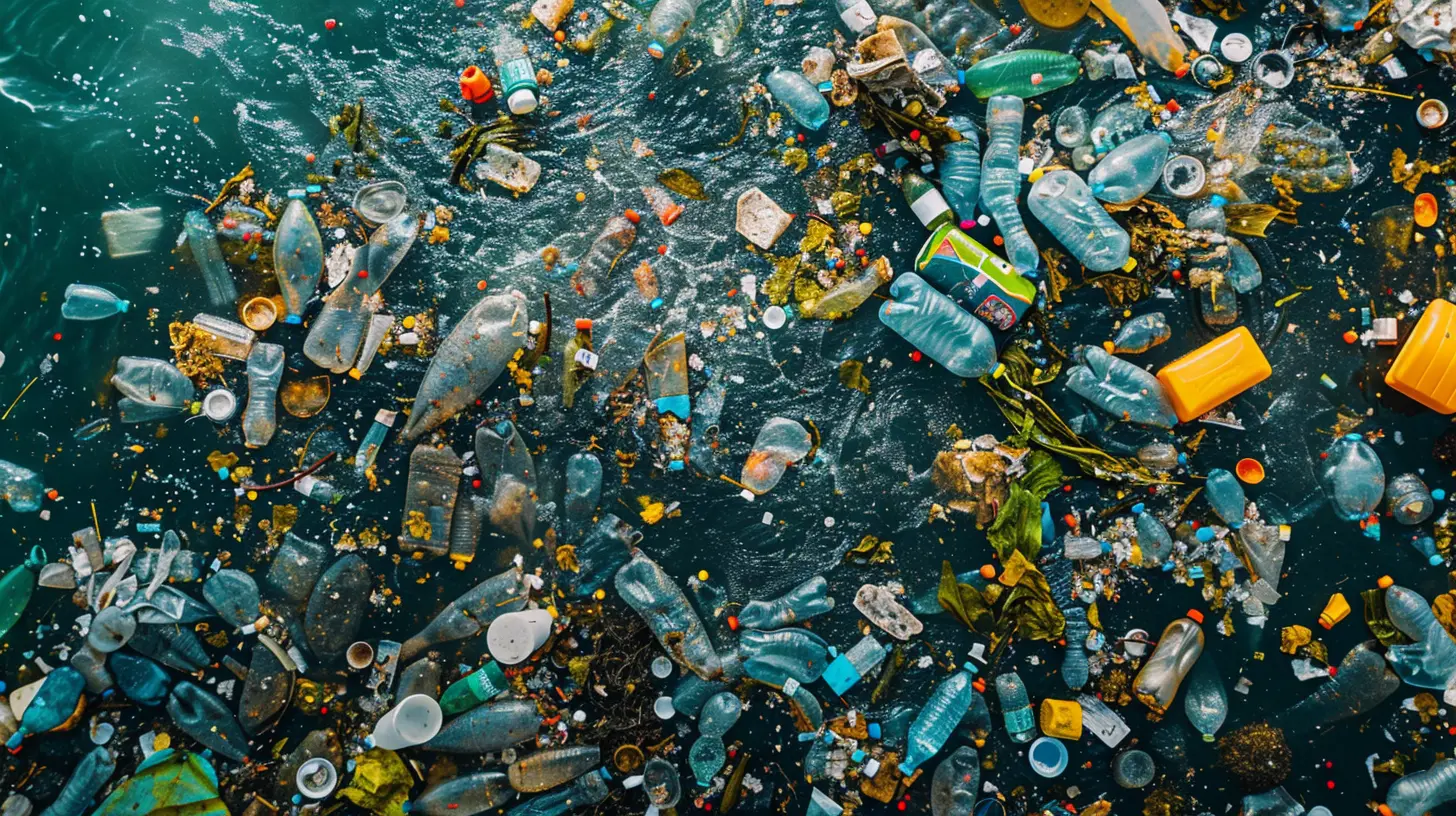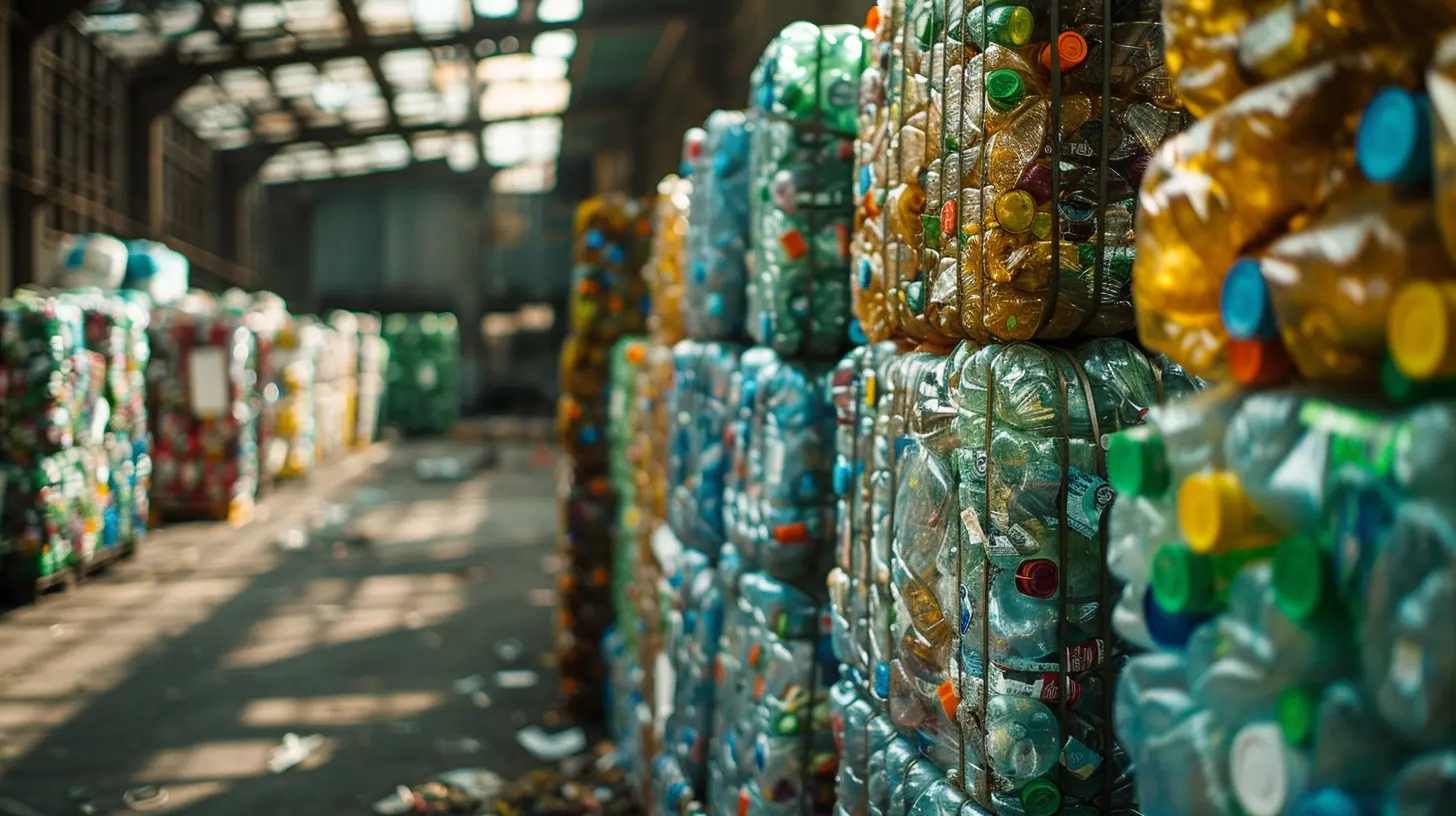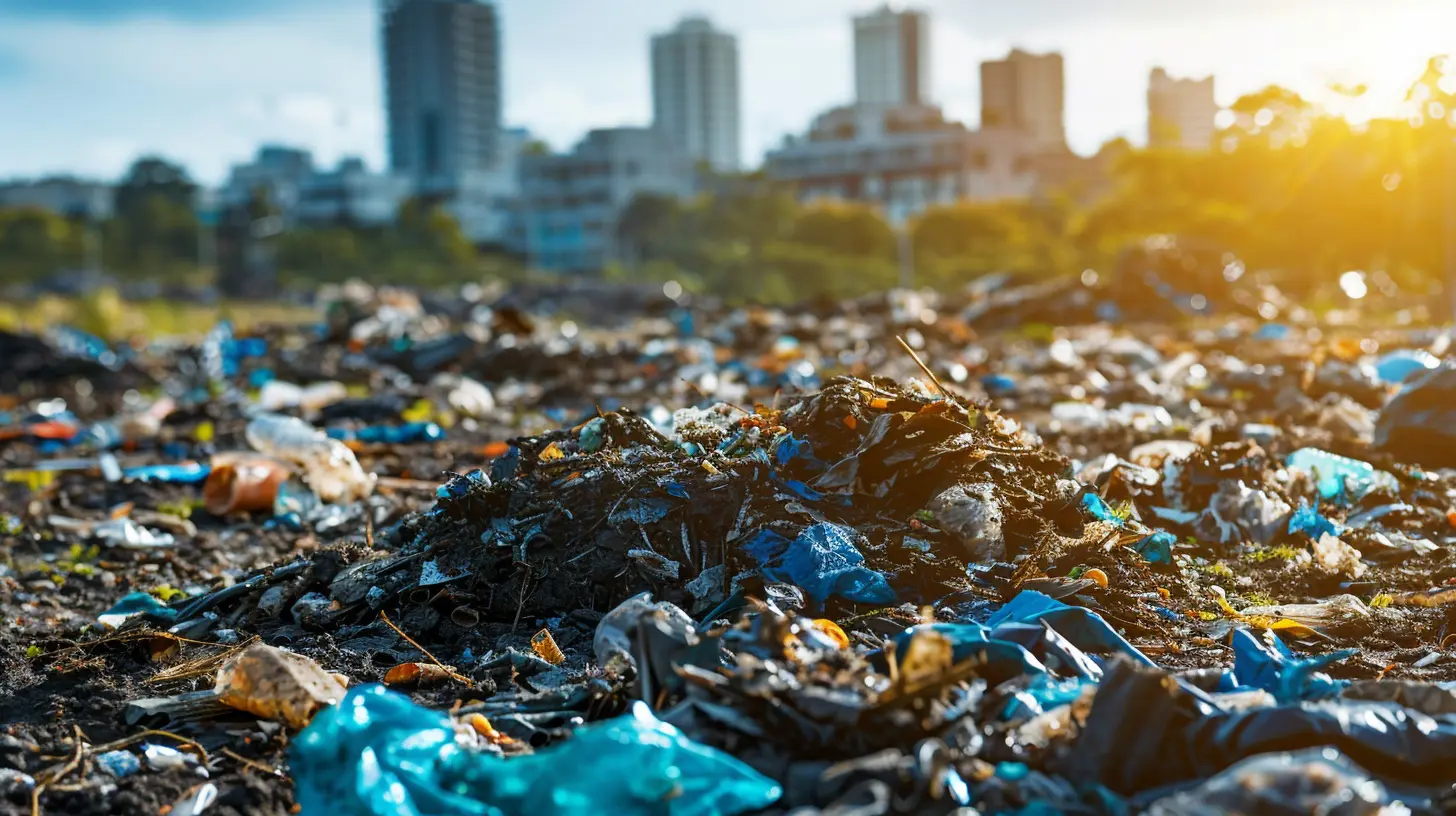Turning Corporate Waste into New Revenue Streams
25 June 2025
Waste—it’s something every business generates, but most see it as just that: waste. What if I told you that instead of throwing it away, you could turn it into a new income stream? Sounds too good to be true, right? Well, it’s not.
The reality is that many companies are already doing this. They're taking items that would usually end up in landfills and transforming them into valuable products, raw materials, or even energy sources. This not only boosts their bottom line but also helps reduce environmental impact.
If your company is looking to cut costs, enhance sustainability efforts, and create new revenue streams, this article has got you covered. Let’s dive into how businesses can turn corporate waste into profits. 
Why Waste Is More than Just Trash
For decades, companies have treated waste as an unavoidable expense. You pay to dispose of it, and that’s the end of the story. But times have changed. With sustainability becoming a key focus for businesses and consumers alike, waste is now seen as an untapped resource.Industries across the board—from manufacturing to retail—are finding ways to repurpose byproducts into profitable ventures. Whether it’s recycling, upcycling, or energy conversion, waste can be turned into something useful (and lucrative).
So, instead of spending money to get rid of corporate waste, why not find a way to make money from it? 
Types of Corporate Waste with Revenue Potential
Not all waste is created equal. Some materials hold more value than others, and understanding what your business produces can help you determine the best way to repurpose it. Here are a few common types of corporate waste that can turn into profit:1. Manufacturing Scrap and Byproducts
Industries like automotive, construction, and electronics generate tons of scrap materials—metal, plastic, rubber, glass—you name it. These byproducts can often be recycled or sold to other businesses that use them as raw materials.Example: Factories producing aluminum parts often collect and sell aluminum shavings to metal recyclers, who then resell them to other manufacturers.
2. Electronic Waste (E-Waste)
Old computers, outdated smartphones, and broken office equipment don’t have to pile up in storage or head straight to the landfill. Many companies specialize in refurbishing, repurposing, or recycling electronic devices for resale or material extraction.Example: Apple collects used devices through its trade-in program, refurbishes what it can, and recycles the rest to recover valuable metals like gold, silver, and copper.
3. Food Waste
Food companies, restaurants, and grocery stores generate a massive amount of food waste. But instead of tossing it, businesses can convert it into animal feed, compost, or even biofuel.Example: Some breweries turn leftover grain into protein-rich animal feed, reducing waste and earning additional revenue.
4. Textile and Fabric Waste
Fast fashion brands, upholstery businesses, and textile manufacturers often produce excess fabric scraps. These can be repurposed into new products, such as insulation, stuffing, or even turned into entirely new fabric.Example: Patagonia’s Worn Wear program resells gently used or repaired clothing to extend the life of its products, reducing waste while making extra money.
5. Packaging Waste
Cardboard, paper, and plastic packaging take up significant space in landfills. However, they can often be repurposed, recycled, or even sold to other companies in need of packaging materials.Example: Some companies buy used cardboard boxes for reuse, reducing waste and saving costs for businesses needing shipping supplies. 
How to Turn Waste into a Revenue Stream
Now that we’ve identified common waste types, let’s talk about how your business can start profiting from them.1. Conduct a Waste Audit
Before you can start monetizing your waste, you need to know exactly what and how much you're producing. A waste audit involves analyzing waste generation, identifying recyclable or reusable materials, and determining potential buyers or markets.2. Partner with Recycling and Reuse Businesses
Many companies specialize in buying and repurposing industrial waste. Find local or industry-specific recyclers who are willing to pay for materials your business discards.3. Innovate with Upcycling and Repurposing
Creativity goes a long way in waste management. Instead of simply recycling, explore ways to repurpose materials into fresh products that customers may want.Example: An old T-shirt can be turned into a reusable shopping bag instead of being tossed.
4. Sell to Secondary Markets
Some industries have secondary markets for used or refurbished products. Office furniture, electronics, and even construction materials can be resold after refurbishment at a lower cost than new ones.5. Monetize Waste-to-Energy Programs
Some companies are now converting their waste into energy. For example, food waste can be used in anaerobic digestion systems to generate biogas, which can then be sold or used to power operations.6. Engage in a Circular Economy Business Model
A circular economy focuses on designing waste out of the equation altogether. Companies can create programs where customers return products at the end of their lifecycle to be refurbished, reused, or recycled—creating a full-circle loop of sustainability.Example: Nike’s Grind initiative collects old sneakers and turns them into materials for sports surfaces like playgrounds and running tracks. 
The Benefits of Monetizing Waste
Beyond the obvious financial gain, transforming waste into revenue has several other advantages:- Cost Savings: Reducing waste disposal fees saves money.
- Positive Brand Image: Consumers appreciate environmentally responsible brands and are more likely to support businesses that practice sustainability.
- Regulatory Compliance: Many industries face strict environmental regulations. Finding creative waste solutions can help businesses stay compliant.
- Competitive Advantage: If your competitors are still paying to haul away waste, turning yours into profit gives you a unique edge.
Overcoming Common Challenges
Of course, monetizing waste isn’t without obstacles. Here are a few challenges businesses face and how to tackle them:1. Lack of Awareness and Knowledge
Not every business realizes the potential value of its waste. Conducting research and seeking expert guidance can open doors to new opportunities.2. Initial Investment Costs
Setting up a waste-to-revenue program may require upfront investments. However, the long-term savings and profit potential usually outweigh the costs.3. Finding Reliable Partners
Not all recyclers or buyers are legitimate. Vet potential partners carefully to ensure they handle waste responsibly and legally.4. Operational Adjustments
Some businesses hesitate to change their processes. However, small adjustments—such as sorting waste more efficiently—can yield significant financial benefits over time.Final Thoughts
The days of waste being just an expense are over. Forward-thinking companies are recognizing the hidden value in their byproducts, adopting sustainable practices, and unlocking new revenue streams in the process.By auditing waste, partnering with recyclers, and finding creative ways to repurpose materials, your business can turn trash into treasure—literally. Whether you’re cutting costs, generating extra income, or improving sustainability, waste monetization is a win-win approach for businesses and the environment alike.
So, what’s your company’s waste worth? It’s time to find out.
all images in this post were generated using AI tools
Category:
SustainabilityAuthor:

Lily Pacheco
Discussion
rate this article
2 comments
Theo Hudson
Great insights! Turning waste into revenue not only boosts profits but also enhances sustainability. A win-win for businesses!
November 13, 2025 at 1:19 PM

Lily Pacheco
Thank you! I'm glad you found the insights valuable. Turning waste into revenue truly benefits both businesses and the environment.
Leo Sanders
Transforming waste into wealth ignites innovation, paving pathways to prosperity and sustainable futures.
June 26, 2025 at 3:18 AM

Lily Pacheco
Thank you! Indeed, transforming waste into valuable resources not only fosters innovation but also drives sustainable growth for businesses.


